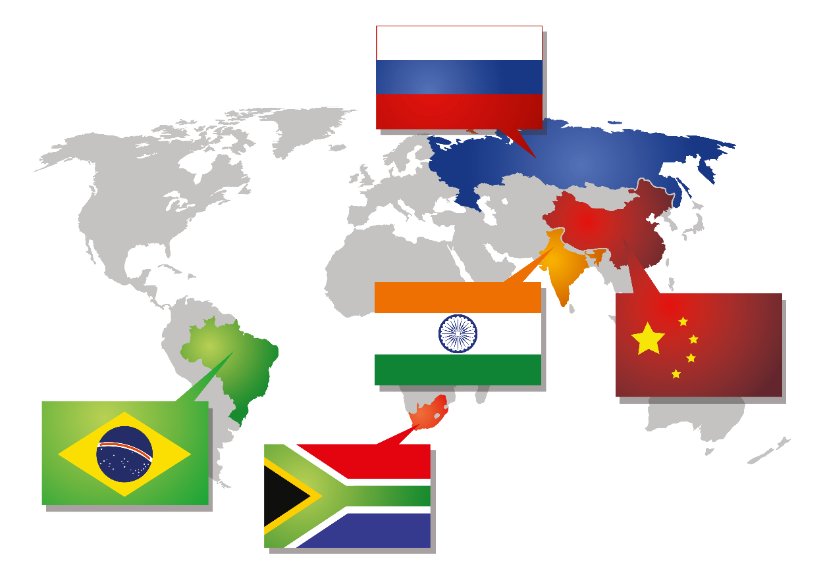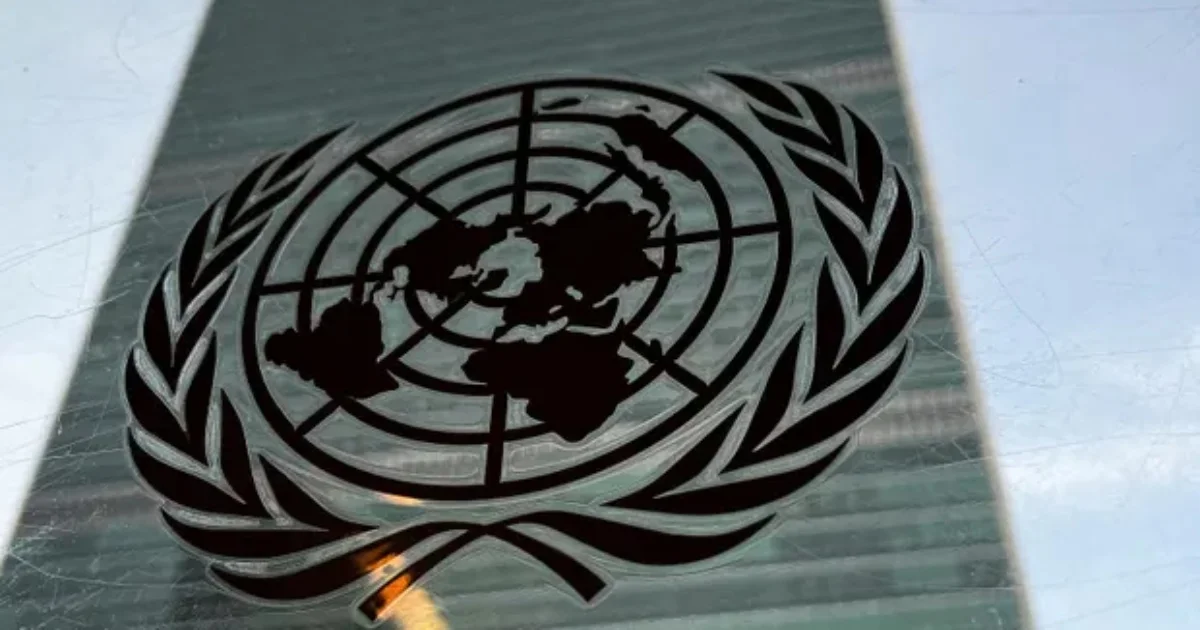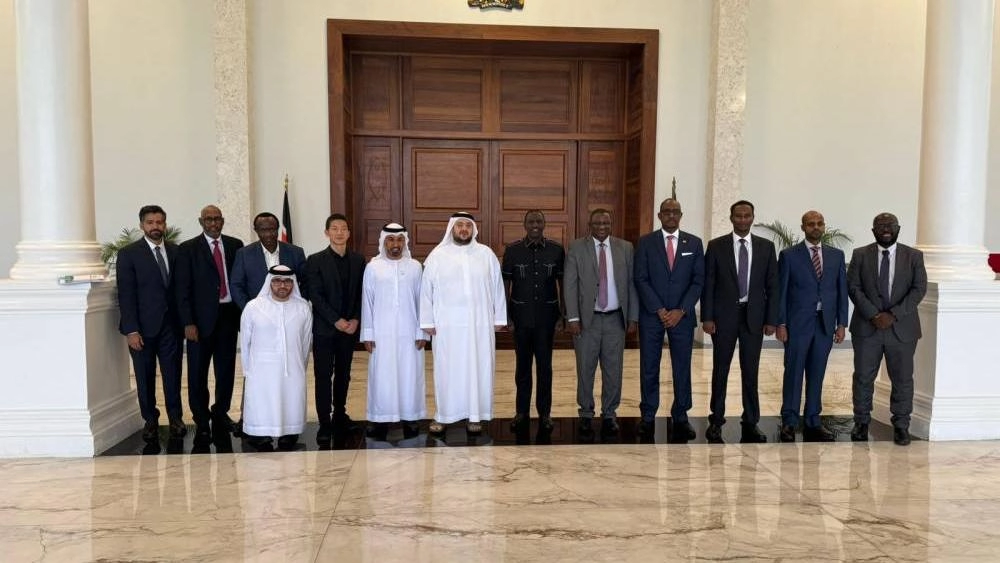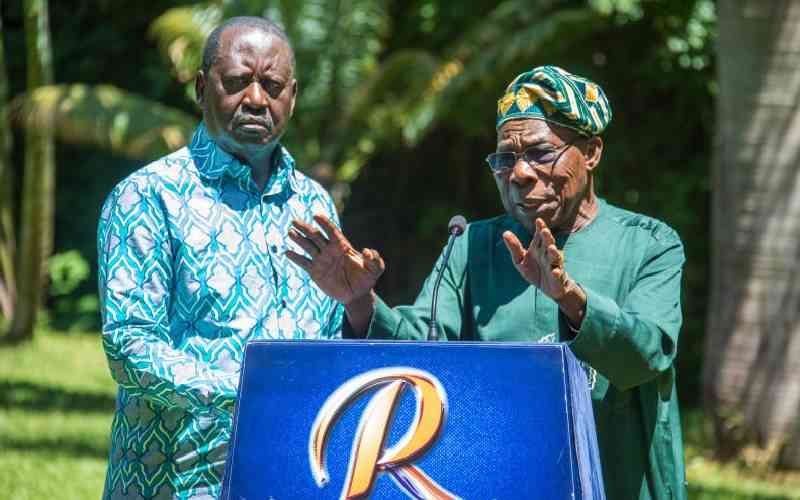BRICS and NATO, though fundamentally different, hold economic and military influence. As tensions rise, their paths will shape global dynamics.
In a world where economic and political alliances play a crucial role in shaping global dynamics, the emergence of BRICS (Brazil, Russia, India, China, and South Africa) as a formidable force has captured international attention. While NATO (North Atlantic Treaty Organization) has long been recognized as a military alliance, BRICS has charted a different course as an economic cooperation platform for rapidly growing economies. However, recent events have sparked speculation about a potential clash between these two influential groups.
BRICS, initially comprising Brazil, Russia, India, and China, gained prominence due to their vast land areas, abundant natural resources, large populations, and projected economic growth. The addition of South Africa solidified BRICS as a collective force, capable of challenging the existing global economic order dominated by the United States, Europe, and Japan. According to Goldman Sachs, the BRICS countries were expected to be among the top six economies in the world by 2050.
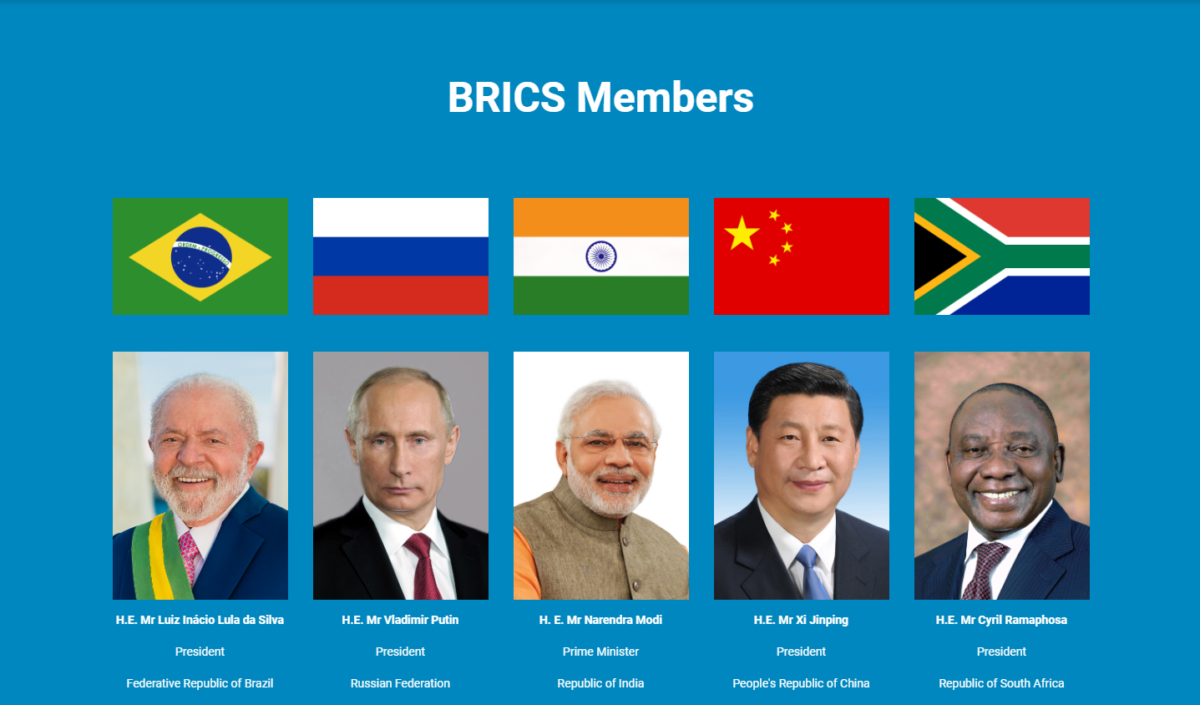
On the other hand, NATO, founded in 1949, emerged as a military alliance aimed at ensuring collective security among its member states. Led by the United States, NATO has expanded over the years to include several European countries, with Finland and Sweden set to become the latest members. With the Ukraine conflict causing tensions between NATO and Russia, the potential addition of these two Baltic countries has escalated concerns about a possible confrontation.
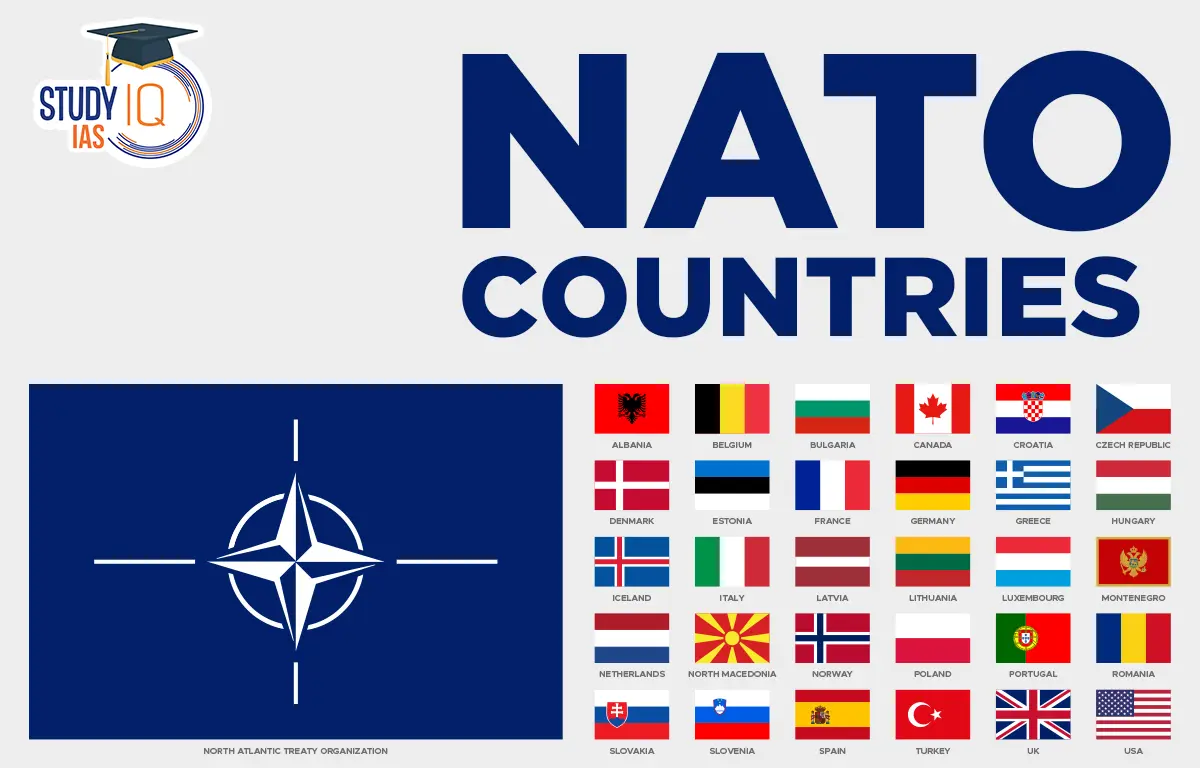
While BRICS and NATO differ fundamentally in their objectives and modus operandi, recent statements by BRICS leaders indicate a growing sense of unity and cooperation, particularly among China and Russia, who are perceived as hostile to the United States. During a recent BRICS summit, Chinese President Xi Jinping criticized the expansion of military alliances, taking aim at the United States and Europe for their perceived disregard for the interests of other nations.
The economic prowess of BRICS nations cannot be underestimated. With their vast territories, substantial populations, and abundant resources, these countries offer a promising market for trade and investment. Currently, the combined GDP of the BRICS nations is approximately 31.5 percent of the global GDP. In contrast, NATO’s combined GDP stands at around $32.4 trillion, roughly 45% of the world GDP. The military strength of NATO is bolstered by the United States, France, the UK, Germany, and Poland.
In terms of population, BRICS countries account for 42% of the world’s population, with India, China, and Brazil being the most populous nations within the alliance. In comparison, NATO countries account for only 13% of the global population, with a total population of approximately 954.55 million.
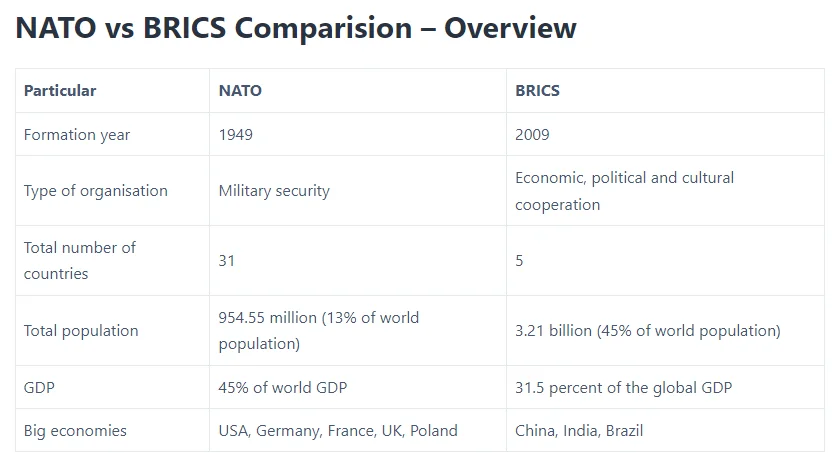
The hypothetical scenario of a NATO vs. BRICS war raises questions about the balance of power and potential consequences. While NATO possesses a substantial nuclear arsenal, including approximately 6,155 warheads held by the US, UK, France, and Israel, the inclusion of China, India, and Russia would tip the scales in favor of BRICS, with a collective estimated total of 6,763 warheads. Nonetheless, a military conflict between these alliances would contradict their primary goals and objectives.
The ongoing expansion of BRICS, including Argentina’s expressed interest in becoming a full member, underscores the organization’s growing influence on the global stage. Meanwhile, the Next 11 countries, including South Korea, Mexico, Turkey, Indonesia, Iran, Pakistan, Nigeria, the Philippines, Egypt, Bangladesh, and Vietnam, are also vying for recognition as future economic powerhouses.
Read also: Kenya Encouraged to Consider BRICS Membership for Economic Benefits as More Countries Seek to Join
As the world navigates an ever-evolving geopolitical landscape, the dynamics between BRICS and NATO continue to intrigue observers. While a military confrontation seems unlikely, the economic and political influence wielded by these alliances cannot be underestimated. The future balance of power may well depend on how BRICS and NATO navigate their respective paths, influencing the destiny of nations and shaping the course of global affairs.
Subscribe to Switch TV


